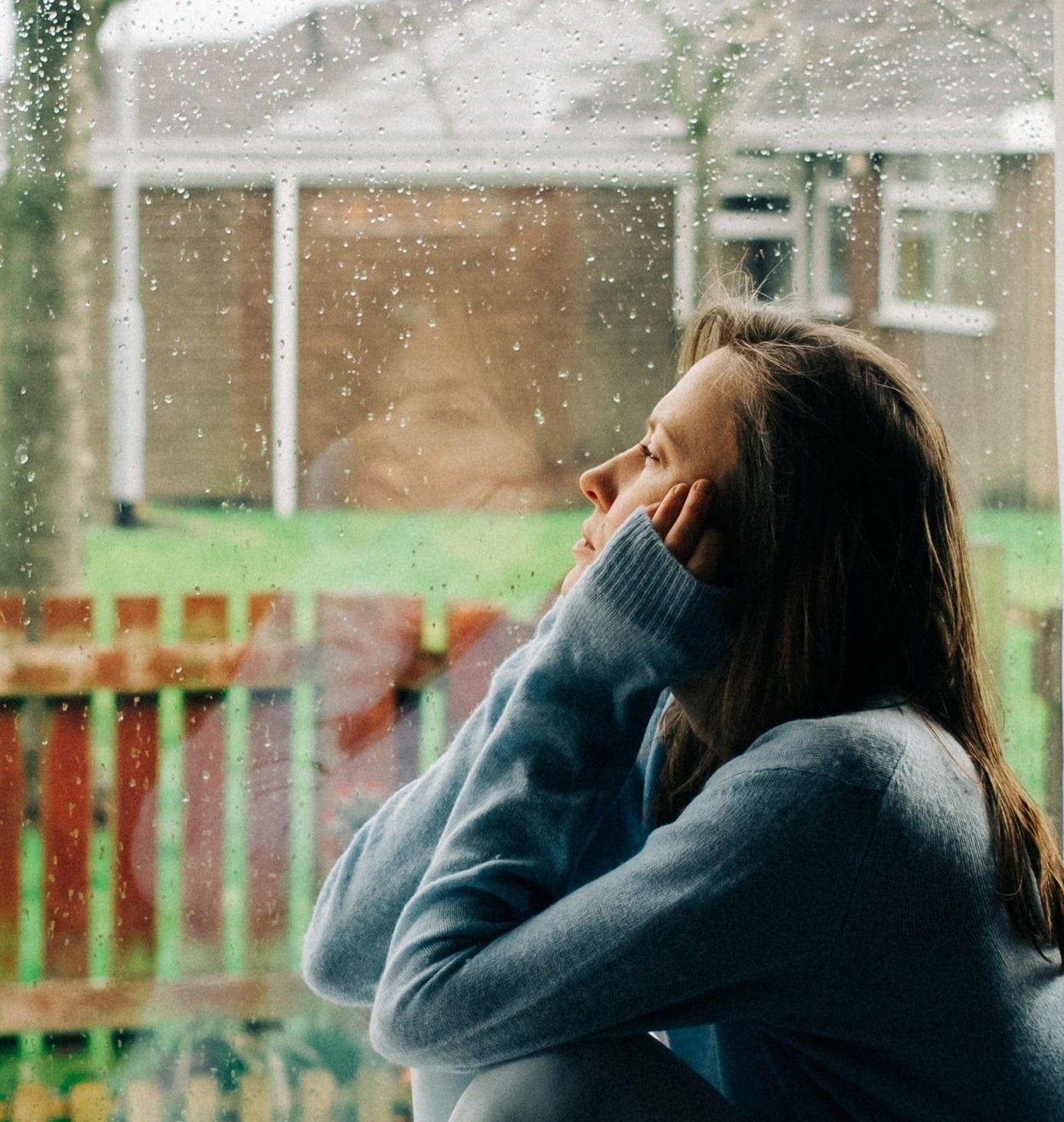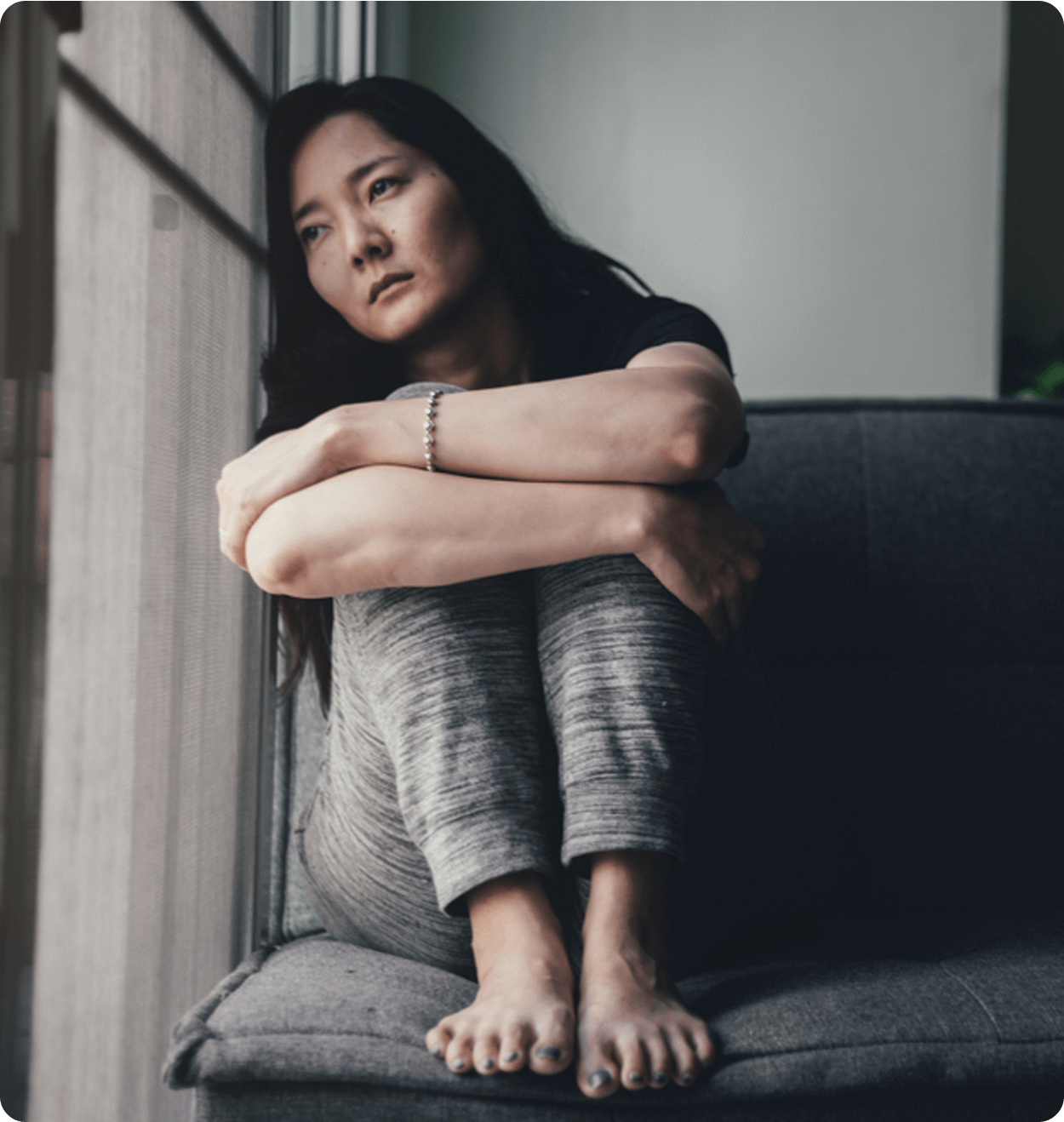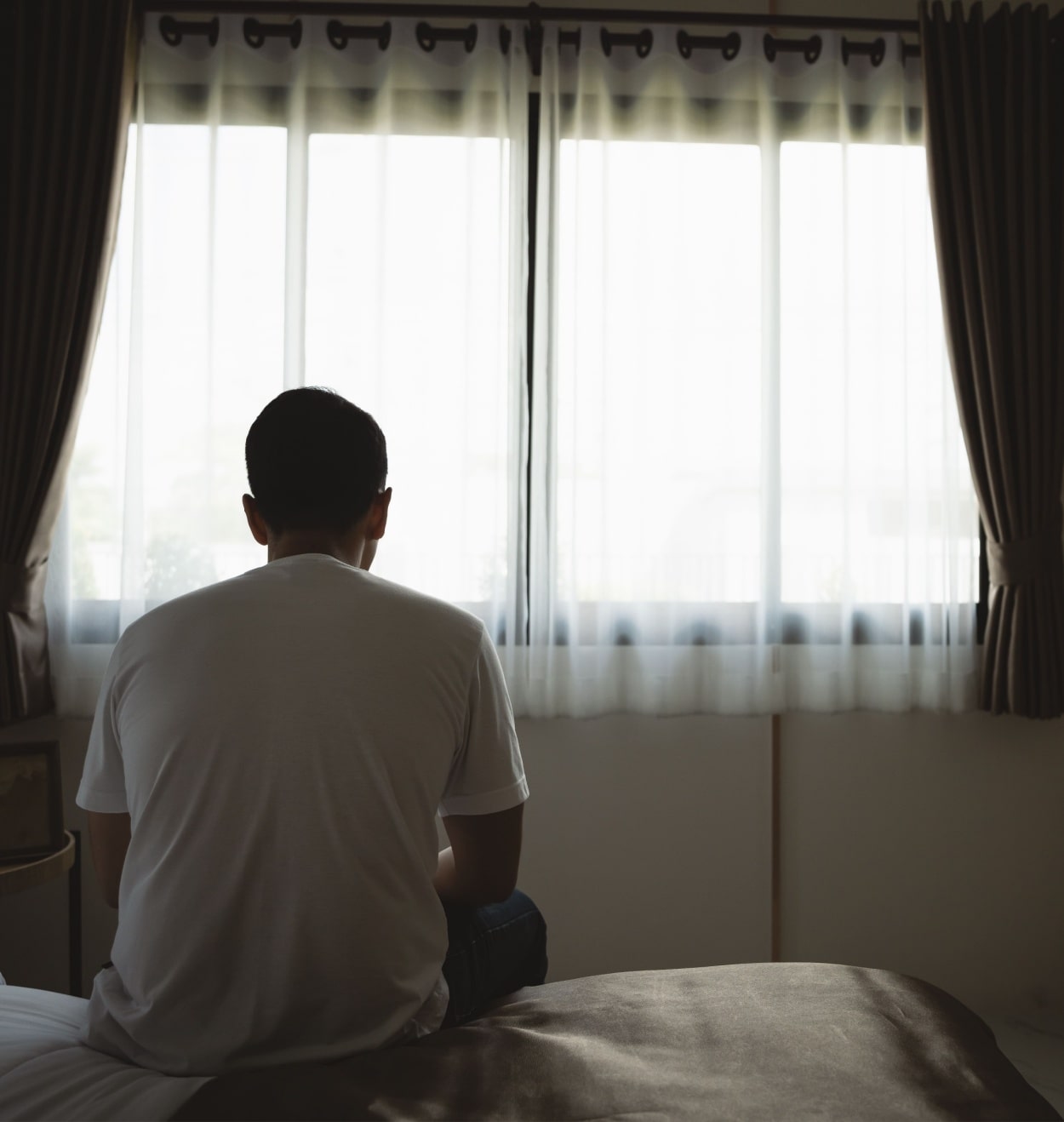UNIQUE PEACE COUNSELLING
BLOG

As temperatures drop and daylight hours shrink, many Canadians find themselves feeling less energized, more down, and often wondering if it’s more than just “winter blues.” For some, this shift in mood marks the onset of seasonal affective disorder (SAD), also known as seasonal depression.
In this blog, we’ll explore what SAD is, its symptoms, and practical steps for managing it, so you can maintain your mental health and enjoy the winter months.

What is Seasonal Depression? Seasonal affective disorder, or SAD , is a type of depression linked to changes in seasons. Most often, symptoms emerge during the late fall and persist throughout winter. While the exact cause of SAD isn’t fully understood, reduced sunlight in colder months can disrupt our body’s internal clock and lower serotonin levels, leading to depression symptoms.
What does SAD stand for? SAD is short for seasonal affective disorder. This condition isn’t limited to winter, though winter-onset SAD is most common. A smaller percentage of people may experience SAD in the summer months, though symptoms differ from winter SAD.
Recognizing the symptoms of seasonal depression is a key step toward seeking effective seasonal depression treatment. Common symptoms of winter-related SAD include:
If any of these resonate with you, exploring group therapy could be a worthwhile step in your mental health journey.


Group therapy can be especially beneficial for those who feel alone in their struggles, as well as individuals seeking community and emotional support. It’s often recommended for people dealing with issues like depression, anxiety, or addiction, but it can also be helpful for those simply looking to develop better interpersonal skills or work through life transitions. Here are a few signs that group therapy might be a good fit for you:
If you notice these symptoms in yourself or a loved one, especially if they return each winter, they may indicate seasonal affective disorder. Consulting a mental health professional can help in identifying the condition and exploring treatment options.
The exact reason why people develop seasonal affective disorder remains uncertain. However, research points to a few contributing factors:
Did you know? Approximately 2-3% of Canadians are diagnosed with seasonal affective disorder, with many more experiencing milder symptoms. Recognizing and treating these symptoms can significantly improve the quality of life during winter.


For those struggling with SAD, several treatment options can make a meaningful difference. Seasonal depression treatment can vary from lifestyle adjustments to therapeutic interventions, depending on the severity of symptoms.
One of the most recommended treatments for SAD is light therapy, which involves sitting in front of a specially designed light box for about 20-30 minutes each day. These light boxes mimic natural sunlight, helping to regulate melatonin production and boost serotonin levels. Studies show that light therapy can improve symptoms for many people within just a few days to a few weeks. Tip: Light therapy is most effective when used in the morning, simulating the sunrise effect. Be sure to consult with a healthcare provider before beginning, as not all light boxes are created equal, and proper guidance can ensure safety and effectiveness.
Another effective approach for managing SAD is cognitive behavioural therapy (CBT), a type of therapy that focuses on changing negative thought patterns and behaviours. Specific techniques, such as scheduling enjoyable activities and practising mindfulness, help individuals with SAD develop coping strategies to manage their mood during the darker months.
In cases where symptoms are more intense, antidepressant medications may be prescribed to help stabilize mood. Selective serotonin reuptake inhibitors (SSRIs) are commonly used, as they can help increase serotonin levels. A mental health professional can determine if medication is an appropriate option, as it is often combined with other treatments like therapy or lifestyle changes.
Since Canadians receive less sunlight in winter, vitamin D levels may drop, which is linked to depressive symptoms. Many people find that taking vitamin D supplements helps maintain mood and energy levels. Regular blood tests can reveal if you’re deficient, helping you determine the right dosage with the guidance of a healthcare provider.
On the Blog: Learn Which Mental Health Approach Is Right for You
While treatment is essential, there are also self-care strategies that can support mental health during the winter months.
Spending time outdoors during daylight hours, even on overcast days, can improve mood and energy. A brief walk outside or even just sitting by a window can expose you to natural light, which helps regulate sleep and enhances mood.
Exercise boosts endorphins, which are known to improve mood. Many people find that engaging in regular physical activity—whether it’s yoga, a brisk walk, or a workout class—helps manage SAD symptoms. Aim for at least 30 minutes of exercise a few times per week for optimal mental health benefits.
Good sleep hygiene is crucial for managing seasonal affective disorder. Try to go to bed and wake up at the same time each day, and create a calming nighttime routine. Avoid screens before bed, as blue light can disrupt melatonin production, making it harder to fall asleep.
Social interaction is important for maintaining mental health. Make time to connect with friends or family, even if it’s virtual. Joining a group activity, volunteering, or simply reaching out for a chat can help lift your mood.
Mindfulness practices, like meditation and gratitude journaling, can help shift focus away from negative thoughts. Spending just a few minutes a day focusing on positive aspects or calming activities can improve resilience against seasonal depression.


For some, seasonal affective disorder can significantly impact daily life, making it difficult to function. If you find that symptoms of seasonal depression are interfering with work, relationships, or overall well-being, it’s essential to reach out for professional help.
Mental health professionals can offer support through therapy, medication, and personalized coping strategies that make a difference in managing SAD.
Seasonal affective disorder is a common, yet manageable condition that affects many Canadians. By recognizing the symptoms, understanding treatment options, and implementing proactive self-care strategies, you can reduce the impact of SAD and maintain mental health throughout the colder months.
At Unique Peace Counselling, we’re here to help you with building a plan to help you navigate and manage your mental health.
Don’t hesitate to seek support if symptoms become overwhelming—help is available, and you don’t have to navigate seasonal depression alone.
Overcome Mental & Emotional Health Challenges with
Kalon Roy, RP